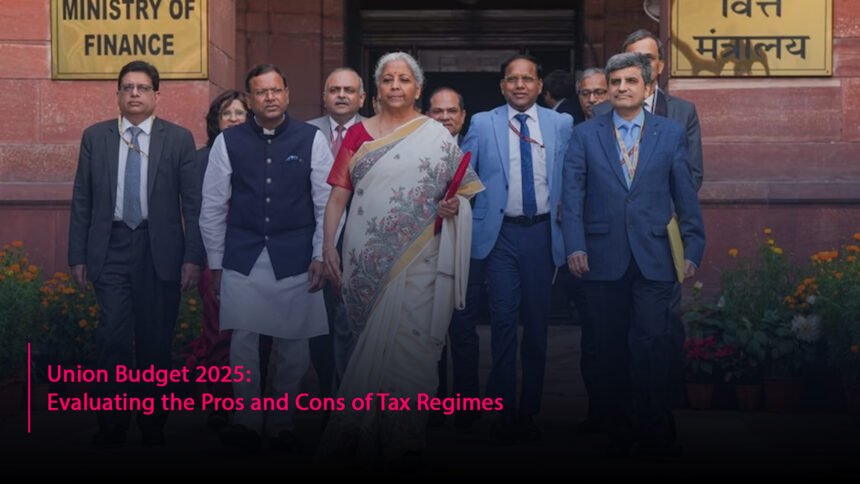The Union Budget 2025 introduces a ₹60,000 rebate for individuals earning up to ₹12 lakh, making the new tax regime more appealing. Under this new system, the income tax brackets include a rebate for incomes up to ₹12 lakh (or ₹12.75 lakh for salaried individuals) as outlined in Section 87A. This change diminishes the attractiveness of the old tax regime, which features tax slabs of 5%, 20%, and 30% while allowing deductions from tax-saving investments.
The finance ministry has emphasized the importance of distinguishing between investment and savings schemes and income tax obligations, enabling taxpayers to make choices that best suit their financial situations, according to The Times of India. For incomes up to ₹12 lacks (or ₹12.75 lakh for salaried workers), the new tax regime provides more advantages, even when considering full deductions and exemptions totaling ₹5,75,000 and 30% of salary as house rent allowance. However, it is improbable that someone earning ₹12.75 lakh would utilize tax-saving schemes, claim house rent allowance (₹3,82,500), and take the standard deduction, which would total ₹9,57,000.
Additionally: Nirmala Sitharaman’s Budget 2025 Brings Three New Schemes for Bihar
Key Differences Between Old and New Tax Regimes:
The new tax regime leads to higher taxes for incomes exceeding ₹12 lakh. The old tax regime is beneficial only if a taxpayer invests ₹5.25 lakh in tax-saving schemes.
For those earning ₹13.75 lakh without house rent allowance (HRA), the old system results in a lower tax of ₹57,500 compared to ₹75,000 under the new regime. This holds for incomes up to ₹15.75 lakh but requires an investment of ₹5.25 lakh in savings schemes. The old system remains advantageous even with HRA.
For individuals with an income of ₹20 lakh (or ₹20.75 lakh for salaried individuals), the new tax regime proves more beneficial. After investing ₹5.25 lakh in savings schemes under the old system, they would owe ₹2.4 lakh in taxes compared to just ₹2 lakh under the new regime without any deductions.
Experts suggest that for those earning above ₹24.75 lakh, the new tax regime is only advantageous if their total deductions and exemptions (excluding standard deductions) are less than ₹8 lakh.
In the new tax regime, a taxpayer with an income of ₹24 lakh will benefit from a savings of ₹60,000. Conversely, under the old regime—after investing ₹5.25 lakh in savings schemes—their tax liability would be ₹3.60 lakh compared to just ₹3 lakh under the new system.
Also Read: Budget 2025: Income Taxpayers’ Wishlist and Power Stocks to Watch










